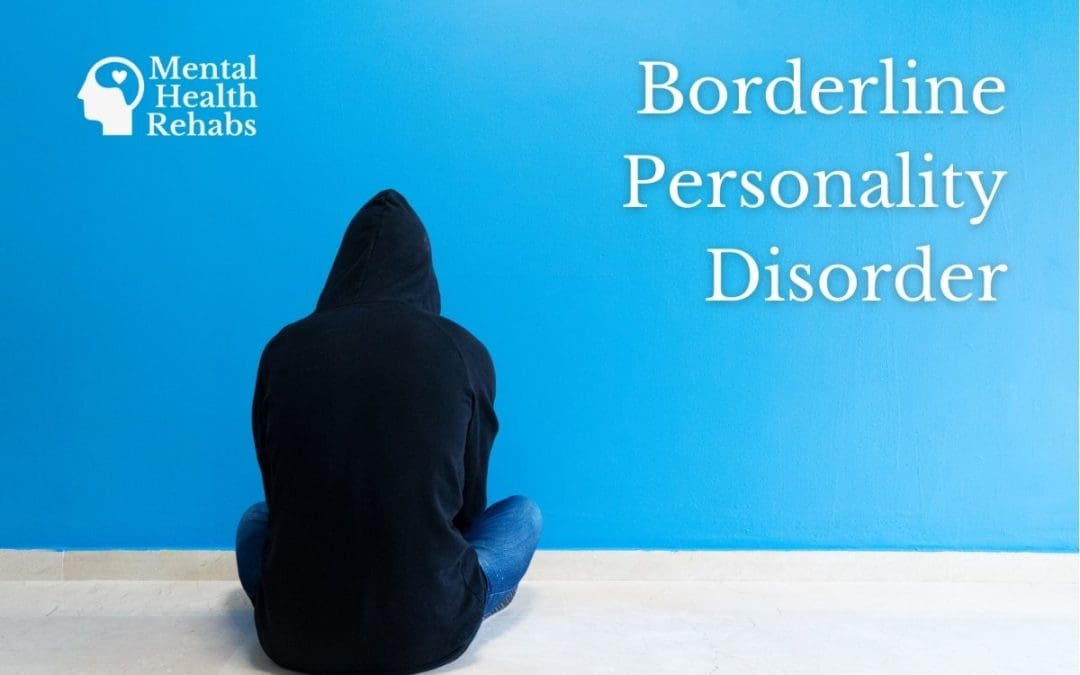Borderline personality disorder (BPD) is a condition where individuals have difficulty regulating their emotions which can lead to drastic mood swings and extreme emotional responses. To an individual with BPD, emotions are felt intensely and persist for extended periods of time, taking longer for highs and lows to return to stable emotional baselines. It is categorized as a serious mental illness that includes the likes of schizophrenia, bipolar disorder, and post-traumatic stress disorder. These types of mental health conditions are fairly uncommon as far as mental illness goes, affecting only 5.6% of Americans as opposed to the total 21% who have some sort of mental illness). The prevalence of borderline personality disorder is even rarer.
How Common is Border Personality Disorder?
Not very. Border personality disorder is estimated to affect 1.4% of American adults–the vast majority of these individuals are women. While it’s not fully understood what causes BPD, scientists have found that it tends to run in families, and those who experienced serious childhood trauma face higher risk.
Difficulties Diagnosing Borderline Personality Disorder
Still, these numbers are likely to be underestimated, as there is no definitive medical test for diagnosing bipolar disorder. Diagnoses are made by mental health professionals who look for a combination of exhibiting symptoms and behaviors. BPD shares significant similarities to other mood disorders. Borderline personality disorder (BPD) is most often misdiagnosed as bipolar disorder (BD).
How Serious is Borderline Personality Disorder?
Individuals with borderline personality disorder are associated with higher rates of self-harm and suicidal behaviors. These are some of the most serious symptoms and one of the aspects why BPD can be dangerous. Most cases of borderline personality disorder are discovered in emergency settings due to suicidal behavior or actions. Such behavior typically peaks for individuals in their twenties and thirties.
Unfortunately, a fear of these symptoms is also why some clinicians and mental health professionals are sometimes hesitant to work with those who have borderline personality disorder which can make it difficult to obtain treatment. It should be remembered, however, that like most other mental illnesses, borderline personality disorder may present itself in a myriad of different ways.
According to Dr. Sulzer, an associate professor at the University of New Orleans, there are over 300 combinations of which the nine diagnostic criteria for borderline personality disorder can take. To assume that all individuals with BPD are suicidal is a harmful (and wildly incorrect) assumption.
Treatment Options for Borderline Personality Disorder
A combination of therapy, medication, and lifestyle adjustments can help make the symptoms more manageable, allowing individuals with BPD to experience less severe symptoms less often. However, these changes don’t happen overnight. It is crucial that patients stick with their treatment programs until their completion. Many of those with borderline personality disorder find their symptoms much more manageable within a year of treatment. After 10 years, many have gone on to say they no longer experience most symptoms at all.
Psychotherapy
Psychotherapy (better known as ‘talk therapy’) can be remarkably effective. Cognitive-behavioral therapy (CBT) and dialectical behavior therapy (DBT) are two types of psychotherapy most commonly used to treat borderline personality disorder. Both work with the patient to modify behavior by teaching individuals how to better control their thought processes and behaviors so that they may better navigate their relationships and interactions with others.
While talking with a therapist will not rectify the underlying cause of the disorder, it can better equip those with BPD to weather the day-to-day disturbances it can cause and improve overall quality of life.
Medication
Unlike some other mental illnesses with dedicated drugs that target the neurochemicals that cause the disorder, there aren’t any such medications for borderline personality disorder. As such, when medications are used, they’re to treat the symptoms, such as depression, and make them more manageable. Individuals with BPD may have several off-label prescriptions (prescriptions approved for a specific illness or ailment but used for something else).
Lifestyle
Maintaining a healthy lifestyle is always going to be helpful when trying to better manage a mental illness. Getting enough rest, eating well, and minimizing stress keeps the body and, more importantly, the brain, operating at its best. As generic as this advice may seem, this is crucial in minimizing any disturbances or imbalances that might arise from faulty self-care and exacerbate borderline personality disorder symptoms.
BPD is often thought of as being one of the most difficult mental illnesses to treat–the result of stigma and a lack of understanding. However, new evidence-based treatments are proving that this mental health condition is absolutely treatable. If you or a loved one is experiencing symptoms of borderline personality disorder, find a mental health clinic near you today for a proper diagnosis.

